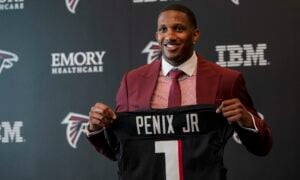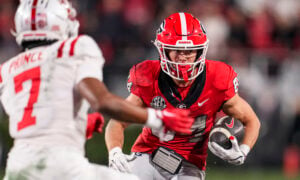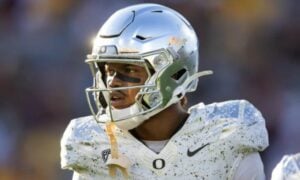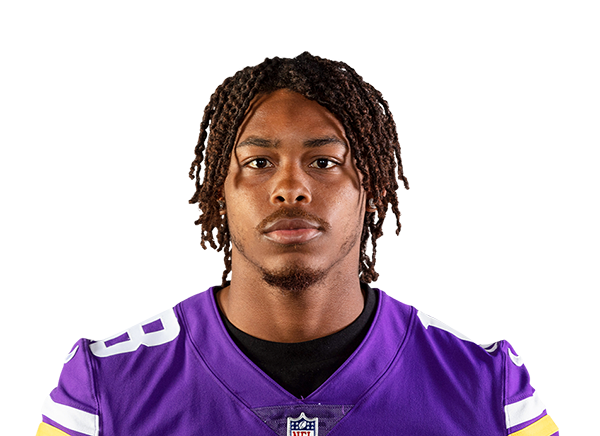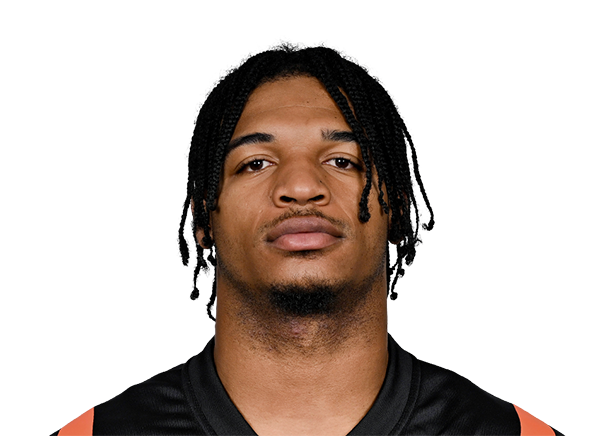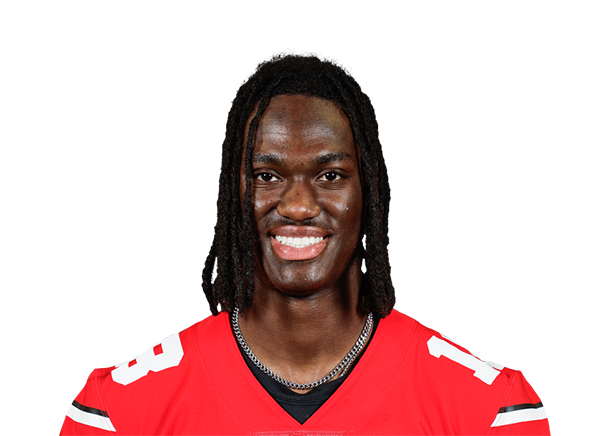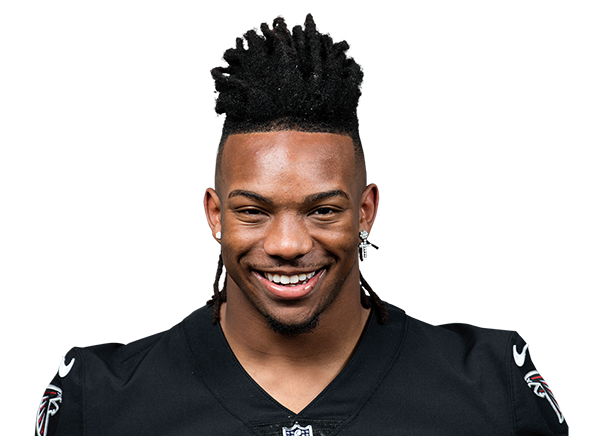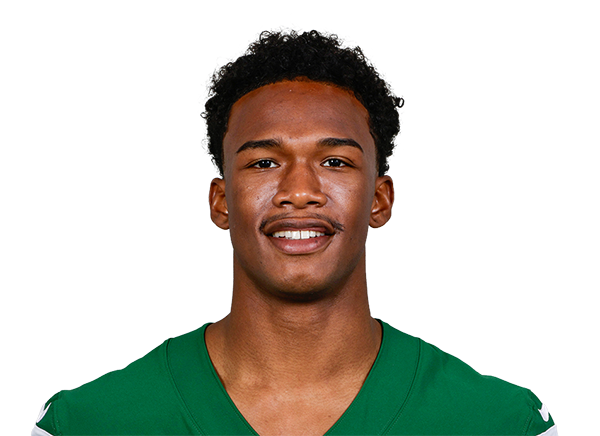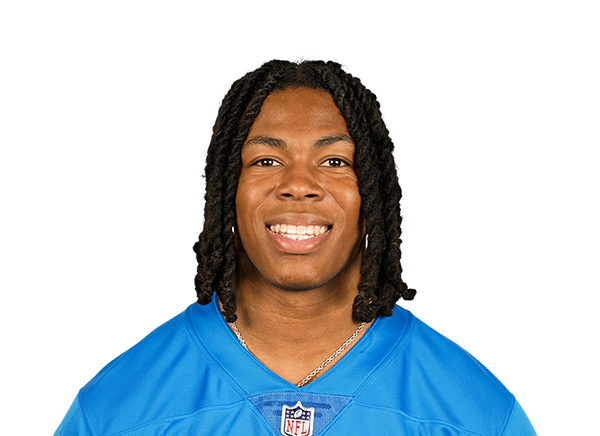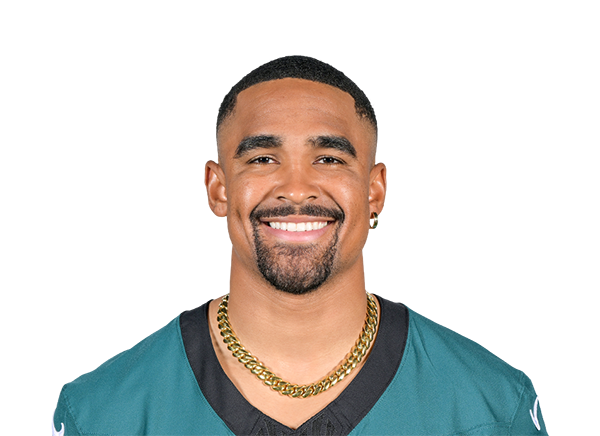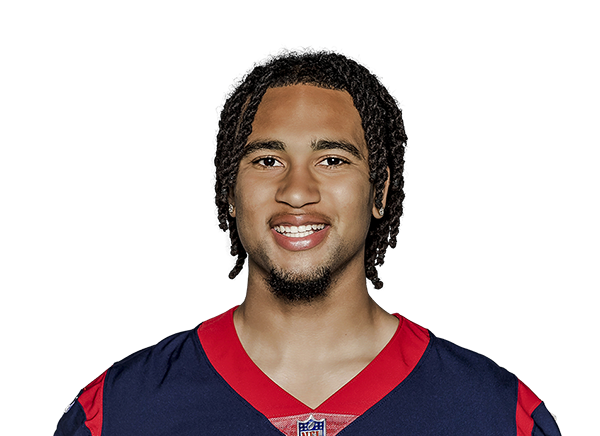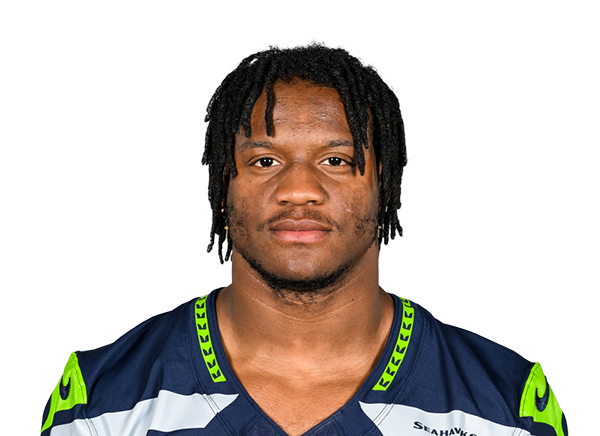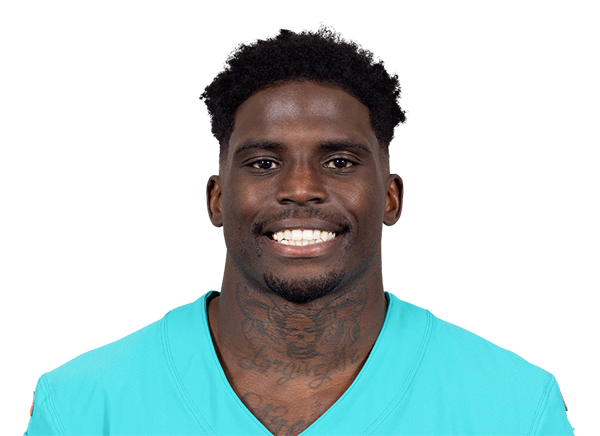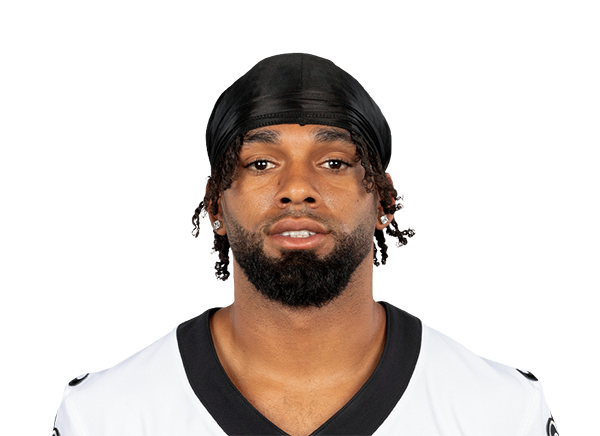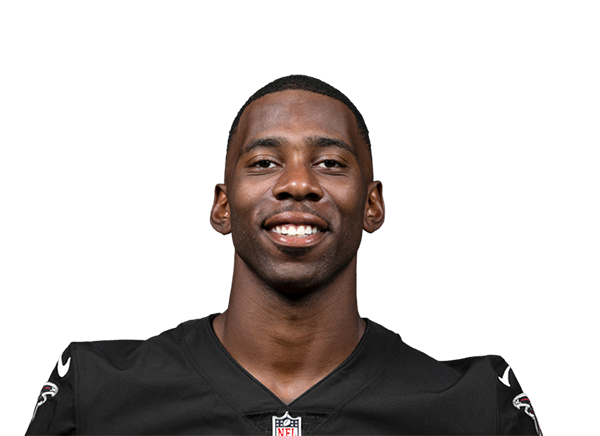2022 Post-Combine Dynasty Rookie Draft Tiers
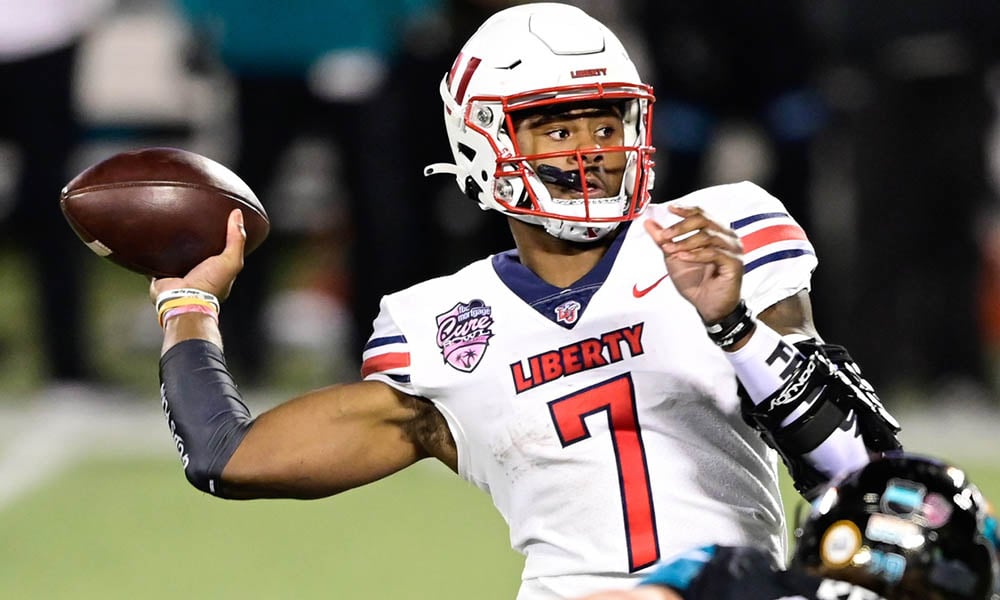
For many, the NFL Combine is the unofficial kick-off of the new dynasty season, a time when the declared rookies take the field in an attempt to raise their draft stock ahead of the NFL Draft in April.
For dynasty leaguers, there is no more enjoyable time than holding rookie draft picks with the attached anticipation of new players joining their rosters, perhaps completing the puzzle to winning the elusive dynasty championship. Whether last season was an unmitigated disaster or you secured a repeat title, the NFL Combine and NFL Draft are likely only behind your league’s rookie draft in anticipation and excitement. It’s something we all share.
You, the dynasty coach, know all too well just how important it is to ‘win’ your draft. In a game where a single player can make the difference between relevance and also-ran status, you can’t afford to leave your selection to a strategy of ‘dumb luck’ or a misinformed pick. At the very least, you need to understand each rookie’s value proposition within his class into your own team’s needs. Anything less and you might as well pull names out of a hat.
Those playing the dynasty format for any length of time understand the game has changed dramatically even over the past few years, let alone the last decade. Metrics, graphs, trends, new methods of ranking and ridiculously complex forms of analytics now have the ability to help you make more informed choices, or, for many, muddy the waters for your research. No single metric, ranking or set of analytics can guarantee success of your draft selections. To wit, NFL front offices swing and miss all too often and no group of individuals have more at stake or more experts at their disposal to maximize the success quotient of each selection. If the front office for your favorite team can’t maintain a high degree of success, how are home-gamers like you supposed to?
Rookie Tiers
Tiers have obviously been around for a long time, though it seems some have cast aside their usage in favor of other draft and/or production-based metrics. That could be a big mistake. Every dynasty coach needs to understand how to tier each incoming rookie class toward determining the depth-of-class and selection value. It is through this understanding that you will be able to handicap your opportunity when holding rookie draft selections or in acquiring them. Sell out of known-production players to double-down into a weak draft and you may negatively impact your team for years to come. Skillfully leverage your roster depth and draft capital to move up or acquire additional selections into a strong draft and you seize the opportunity to be your league’s next dynasty team. After all, isn’t that what it’s all about?
In short, rookie draft tiers make up the talent stratification of each year’s draft and understanding this stratification will help you to ascertain the wheelhouse and depth of each class and its potential.
The 2022 Dynasty Rookie Draft
From as far back as this time last year, there was already talk of the weakness of the 2022 draft class when compared to previous years. It was said the quarterbacks and tight ends were lackluster, running backs were thin and while receivers looked 'okay,' there wasn't the big names to hang our hat on. Dynasty coaches were quick to sell out of the 2022 draft class. While I wasn't selling out of my 2022 draft picks, I too was down on the class as a whole, at least when surveying the depth. Every year, the draft produces difference-making players, regardless of how we forecast the quality or depth ahead of time. Heading into the Combine, it seemed that our projections of this class were somewhat accurate.
But during the Combine, something started to take shape. The wide receiver class produced the fastest times on record and the running backs got a boost from some of the lower tier players. All dynasty players are all too aware about the late-round impact of running backs and how NFL teams continue to fade the position during the NFL Draft itself. Despite good size and fast 40 times, it looks as if day-one of the NFL Draft may come and go, again, without a running back going off the board. I say "again" because it has been a growing trend though, in 2021, we did see two backs (Najee Harris and Travis Etienne) selected at 24th and 25th overall. Few post-Combine mock drafts have a running back selected on day one. I have a sneaky suspicion we'll have one selected in the bottom of the first round.
When the smoke cleared from the Combine, the buzz had returned. While still not a deep draft, and absent the tier one prospects we have seen in recent years, we do have some intriguing players and enough depth to carry the first round. I continue to project value in the back half of the dynasty first round, a key point for competitive teams holding late selections. There are going to be some nice upside players in the 1.08 - 1.12 range.
Excited yet? Tired of my rambling and just want me to get to the tiers and the players within? Let’s do just that.
Tier One
SUBSCRIBE TO DLF PREMIUM!
Gain Instant Access to this resource and so much more!.
Premium membership provides access to all of our industry-leading dynasty fantasy football content.
You can also get a DLF Premium Membership for FREE! Find out how.
Want more info about DLF Premium? Find out more
Have questions or need some help? Contact Us
Already a DLF Premium Member? Log in now!






